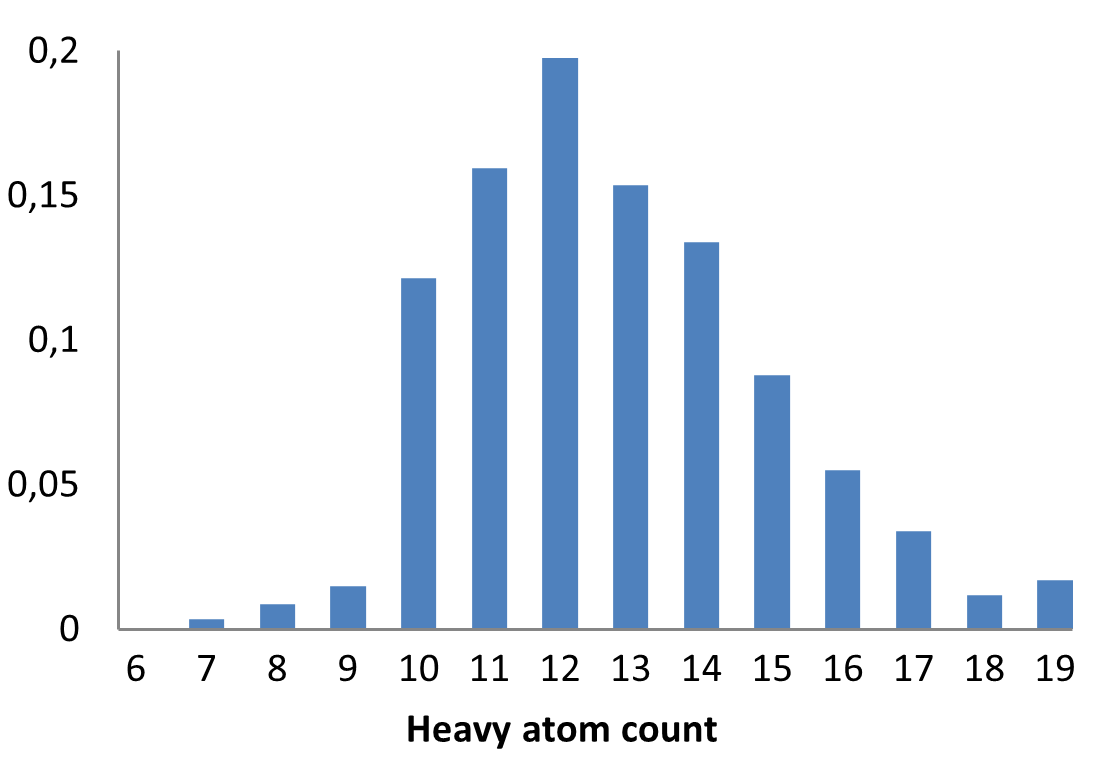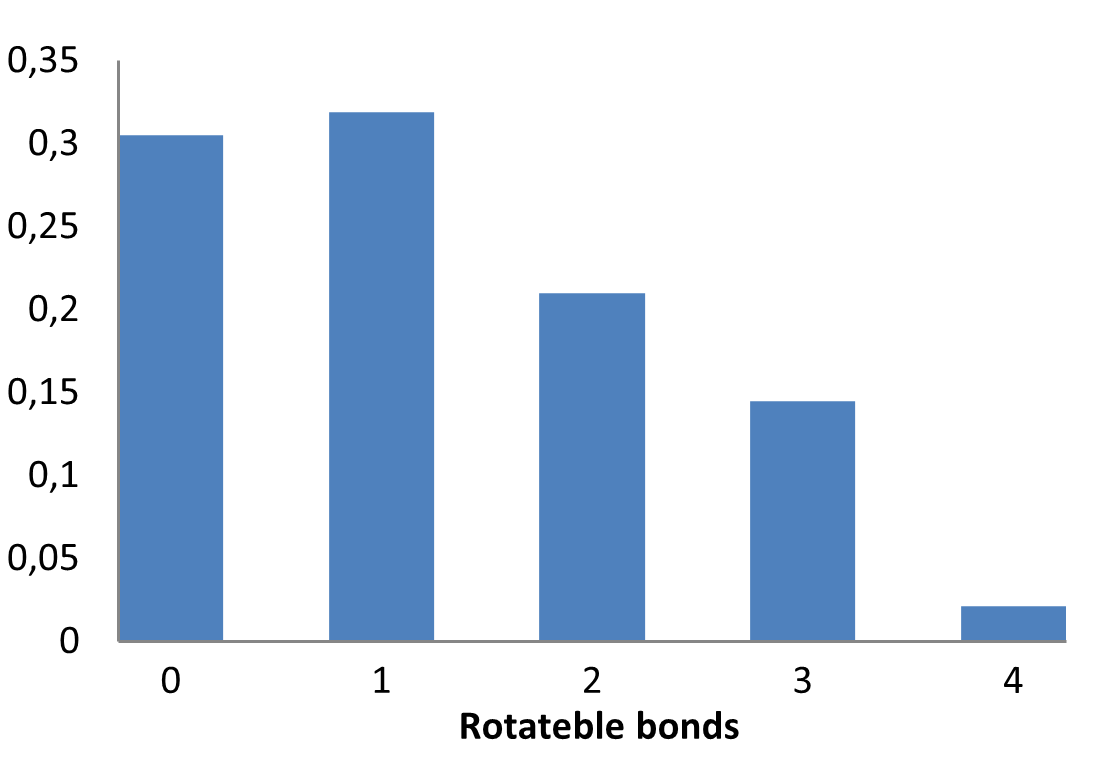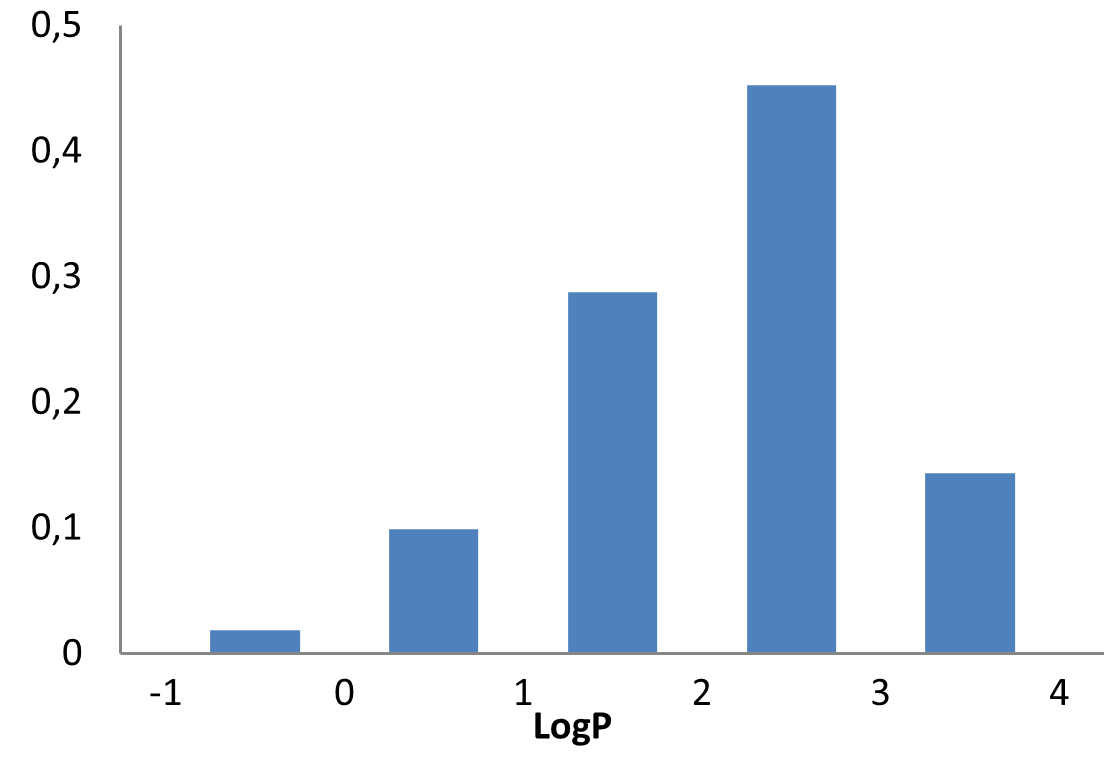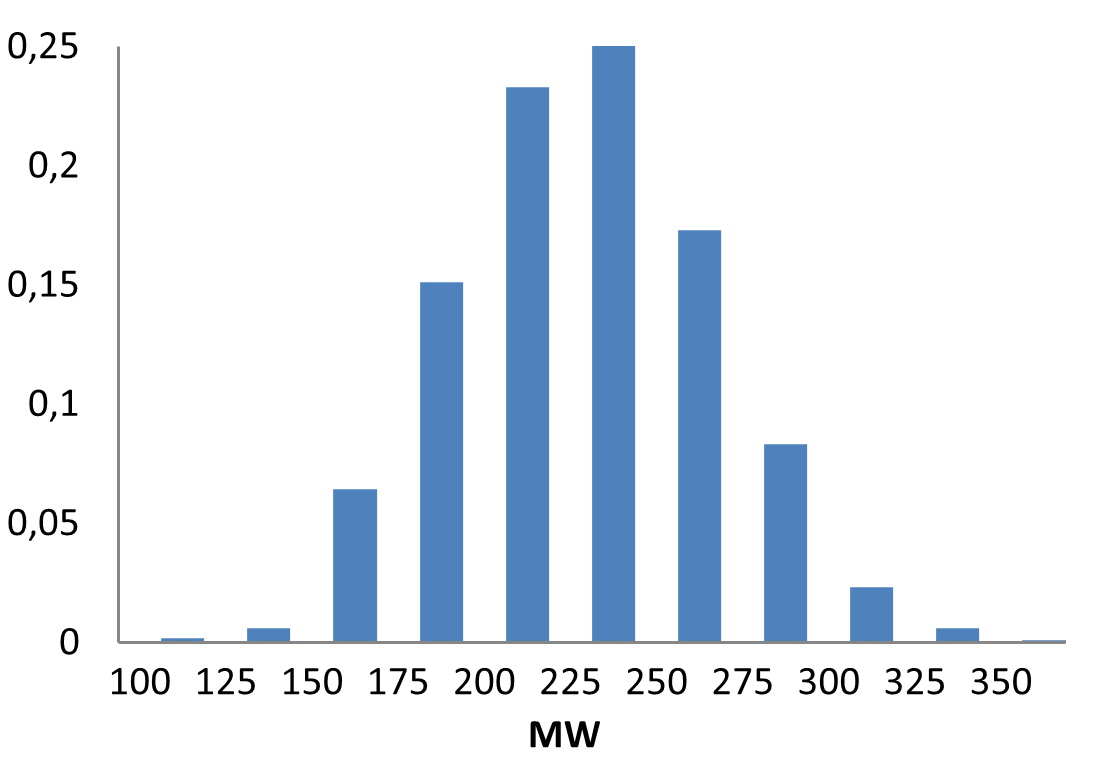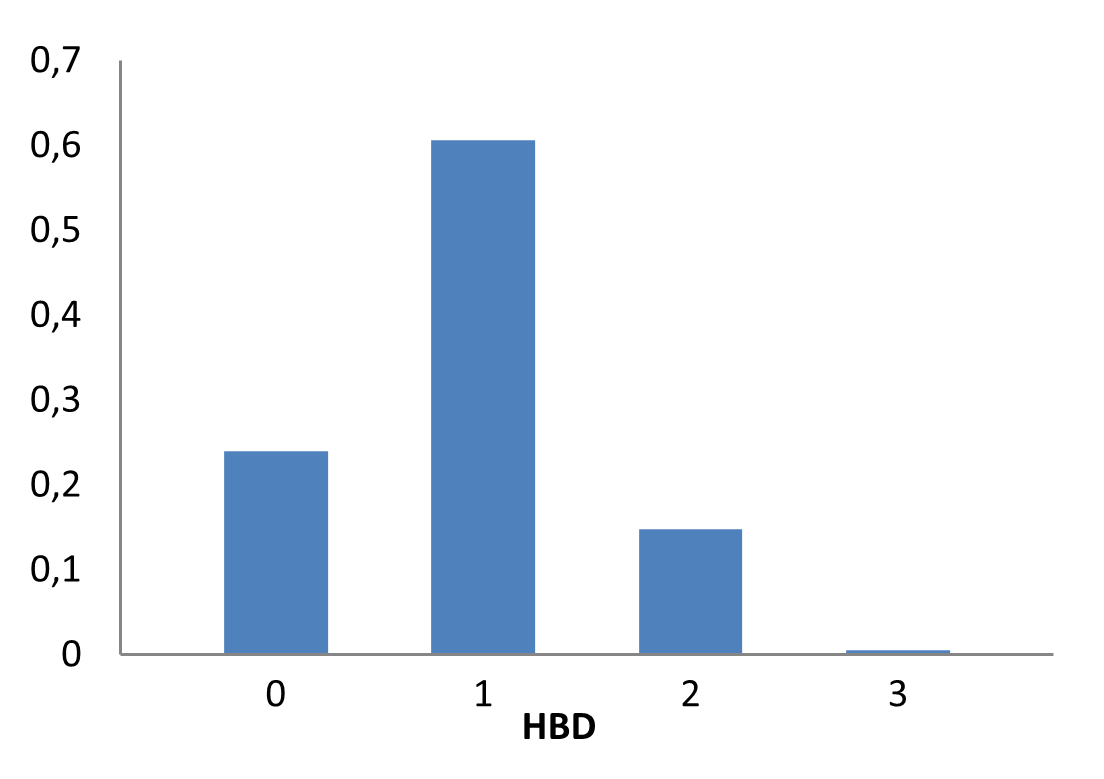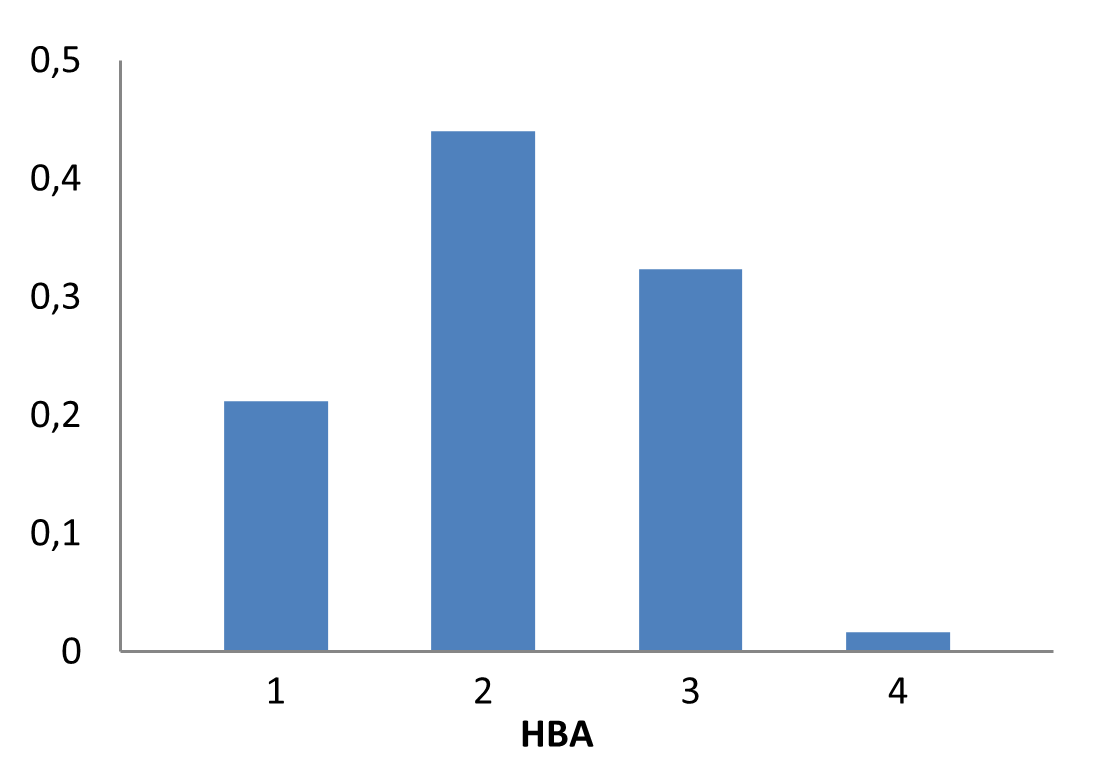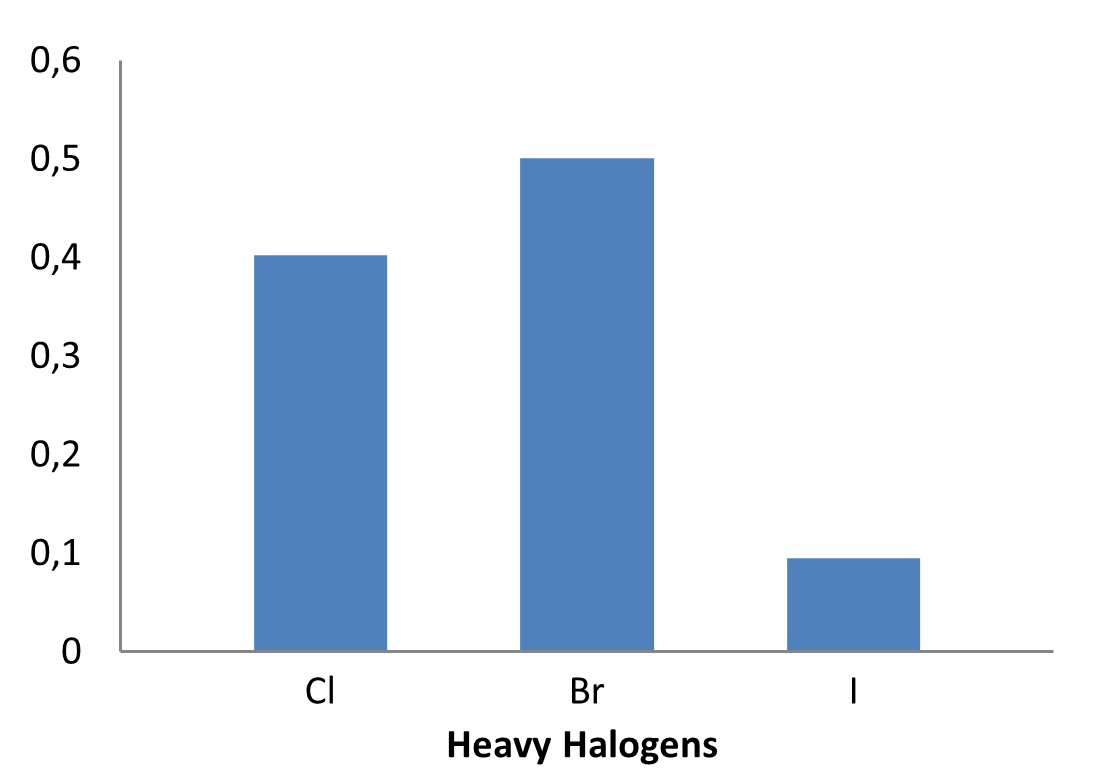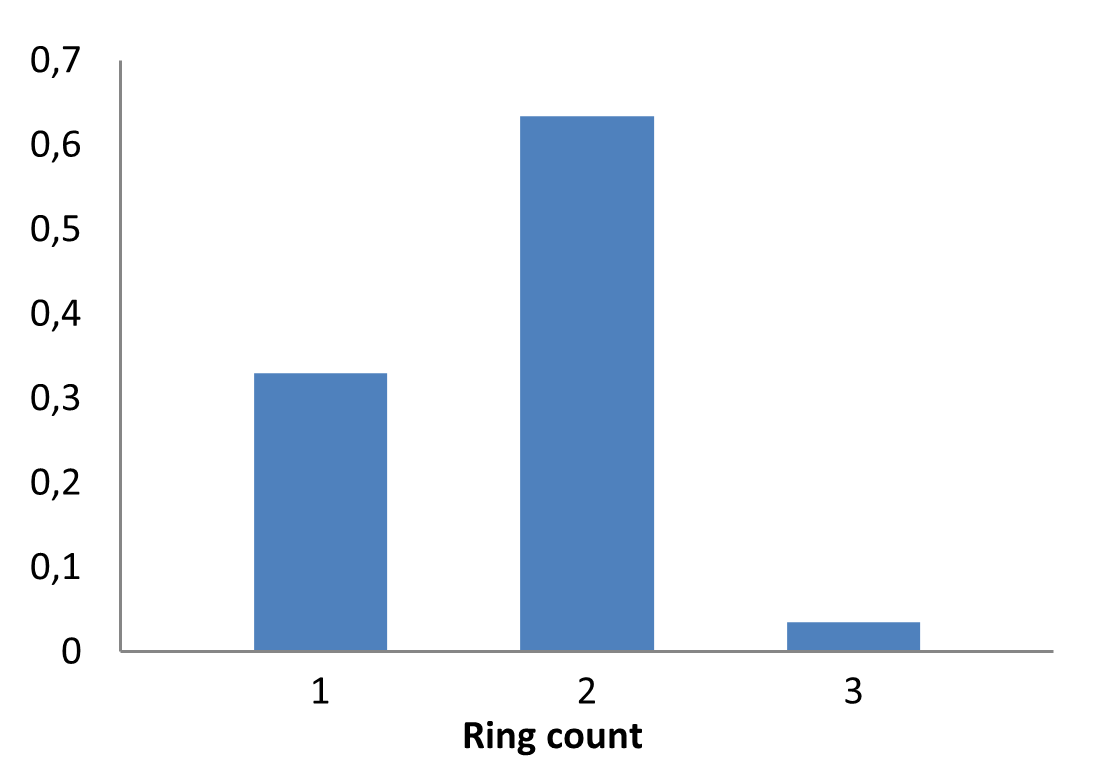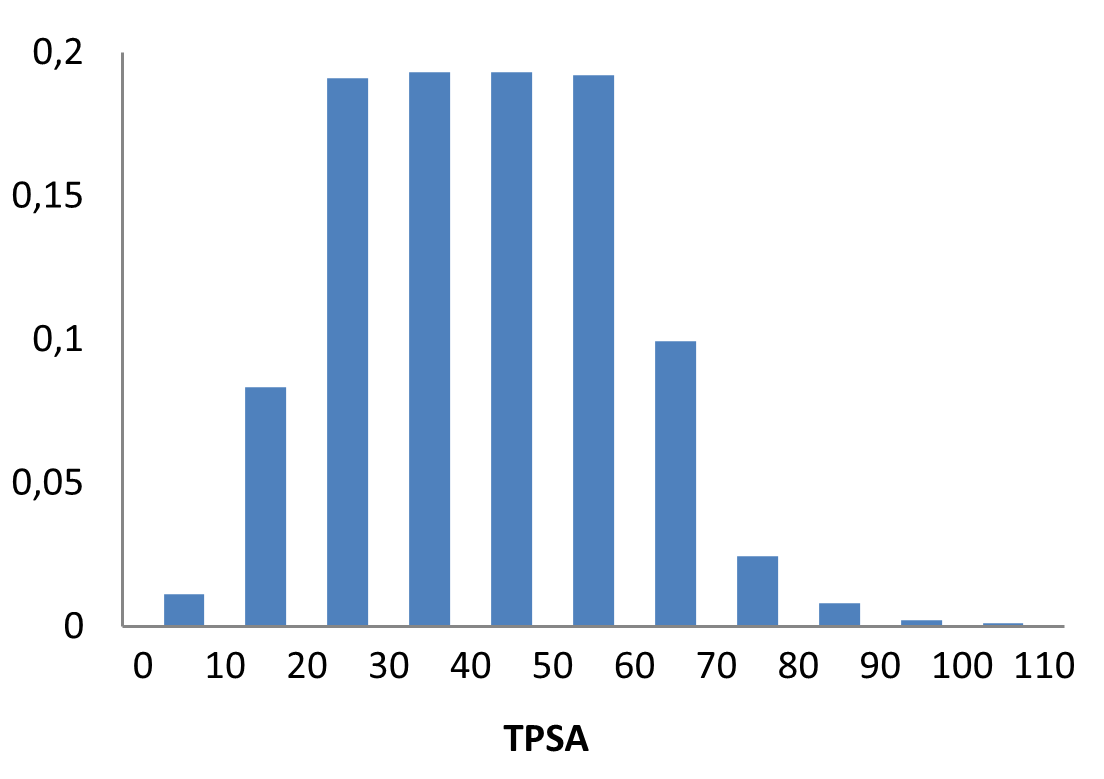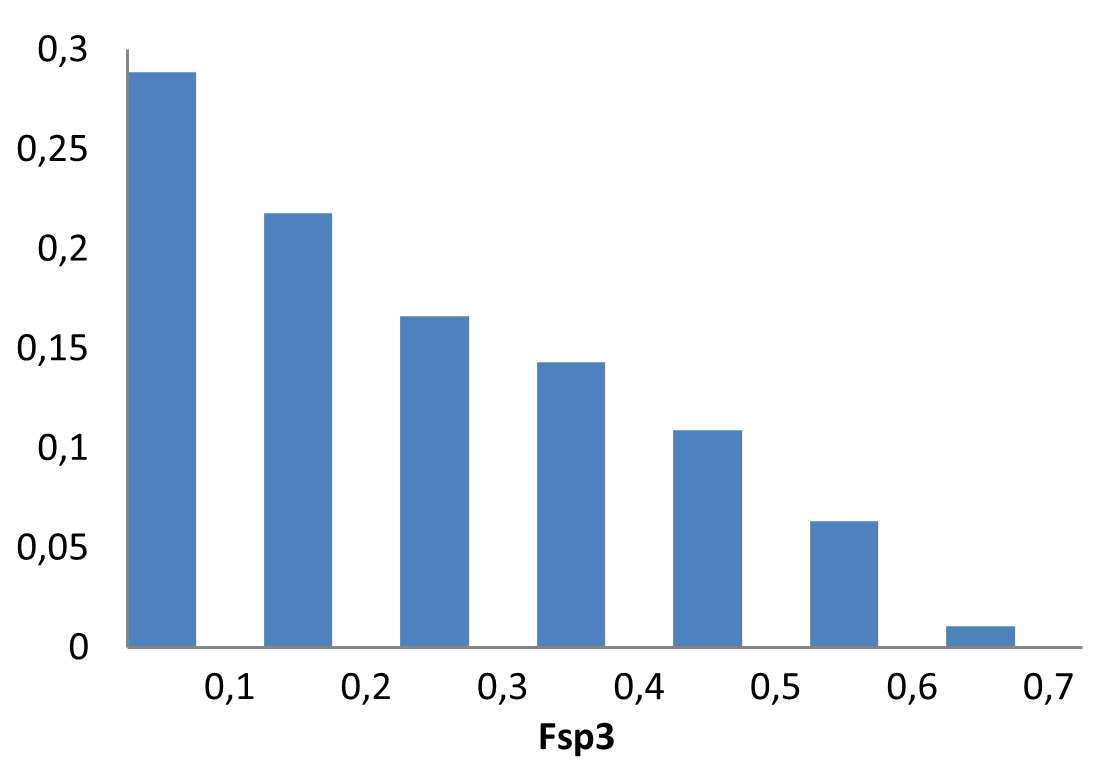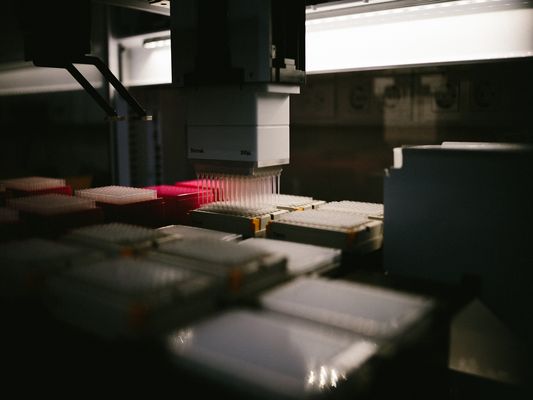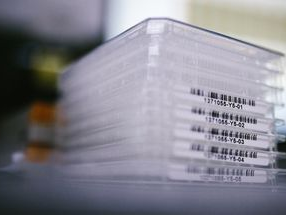Most diverse halogen-enriched fragments
1 920 compounds
The concept of Halogen-Enriched Fragment Libraries (HEF) has gained significant traction in medicinal chemistry, supported by multiple successful screening campaigns.[1,2] These libraries are designed to explore halogen-mediated interactions, which can play a critical role in molecular recognition and binding affinity. Halogen bonding, the key interaction exploited by HEF, has been extensively studied since its initial discovery via X-ray crystallography.[3] Its electrostatic nature is now well understood, and it has been shown to significantly influence both selectivity and efficacy in drug-target interactions.[4,5,6]

Halogen bonding through σ-hole interactions
A major factor in halogen bonding is the σ-hole, whose characteristics can be “tuned” by varying (hetero)aromatic ring systems and their substitution patterns. This tunability allows for precise control over interaction strength and directionality.
Enamine, a global leader in heterocyclic chemistry, has synthesized thousands of novel halogenated scaffolds, creating the most diverse collection of halogenated core heterocycles available. Our carefully designed Halogen-Enriched Fragment Library comprises the most relevant fragments for exploring affinity towards binding via these non-covalent halogen-mediated interactions.
Typical Formats
Catalog No.
HEF-1920-10-Y-100
Compounds
1 920
6 plates
Amount
10 µL of 100 mM DMSO stock solutions
Plates and formats
384-well microplates, Echo qualified Labcyte, 320 compounds per plate
Price
Catalog No.
HEF-1920-25-X-100
Compounds
1 920
24 plates
Amount
25 µL of 100 mM DMSO stock solutions
Plates and formats
96-well plates, Greiner Cat. No 650201, round (U) bottom, 1 & 12 columns empty, 80 compounds per plate
Price
Catalog No.
HEF-1920-50-X-100
Compounds
1 920
24 plates
Amount
50 µL of 100 mM DMSO stock solutions
Plates and formats
96-well plates, Greiner Cat. No 650201, round (U) bottom, 1 & 12 columns empty, 80 compounds per plate
Price
Download SD files
Key features
- Diverse (hetero)aromatic fragments set for probing halogen bonds
- All compounds include at least one non-fluorine halogen atom
- No PAINS, only MedChem friendly compounds
- Express follow-up from stock and from Enamine REAL
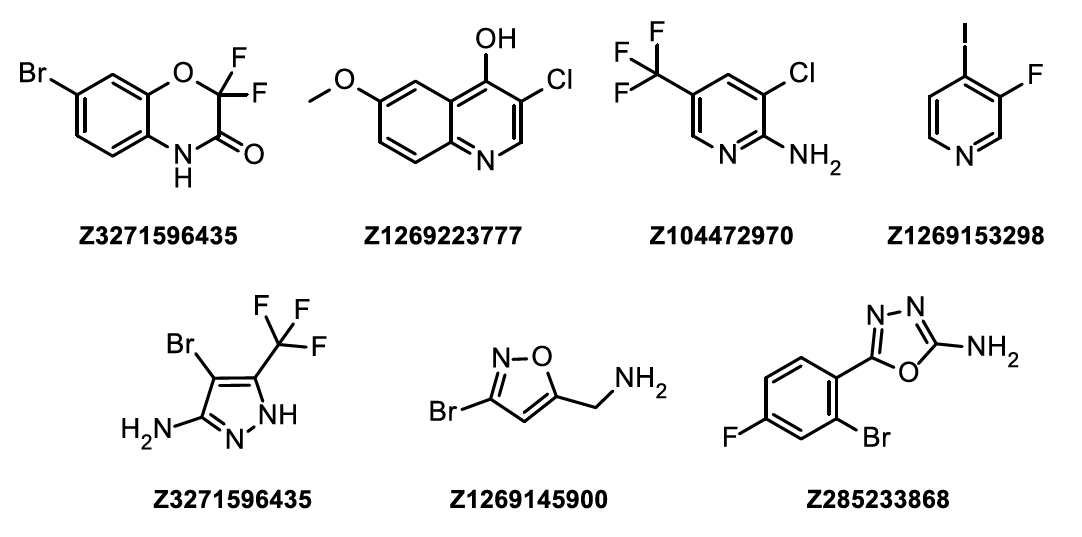
Examples of compounds from HEF Library
Library design
The fragment library was constructed from a curated database of over 250,000 compounds, all strictly compliant with the Rule of Three (Ro3) and filtered using medicinal chemistry criteria. Each compound includes at least one heavy halogen atom (Cl, Br, or I), with 95% containing only one. The distribution is as follows: 183 iodides (9.5%), 963 bromides (50.1%), and 684 chlorides (35.6%). The remaining 4.8% are dichloro derivatives. Additionally, the library includes 194 fluorinated compounds (10.1%). Fragments were selected with heavy atom counts (HA) ranging from 6 to 19, with a majority (1,206 fragments) falling within the 12–16 HA range. Each fragment contains between one and three rings, with 97% featuring one or two. We also included 154 fragments from 200 originally described as HEFLib by Frank M. Boeckler. Scaffold analysis revealed the most frequently occurring (hetero)aromatic ring systems.
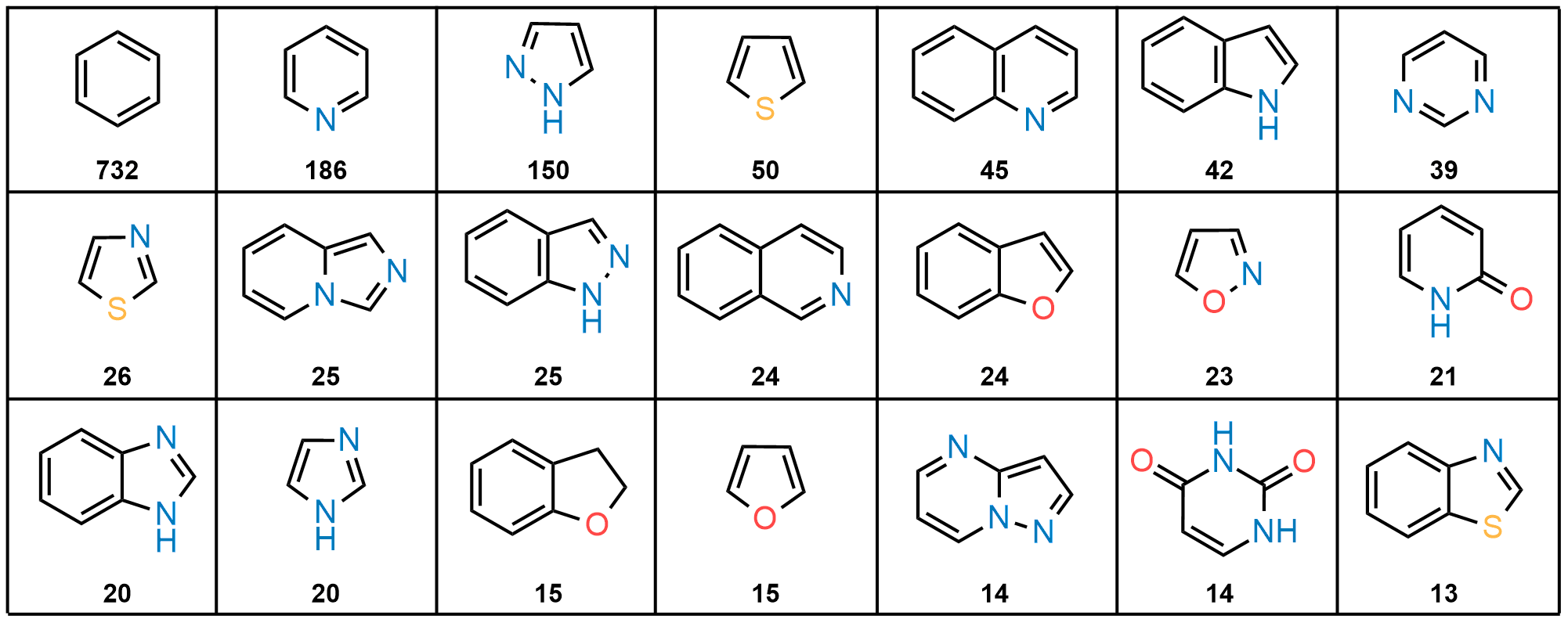
Most Frequently Used Heteroaromatic Ring Systems in the HEF Library
Selected publications
-
Embracing the Diversity of Halogen Bonding Motifs in Fragment-Based Drug Discovery—Construction of a Diversity-Optimized Halogen-Enriched Fragment Library.
J. Heidrich, L. E. Sperl, F. M. Boeckler Front. Chem. 2019, 7. DOI: 10.3389/fchem.2019.00009 -
Halogen interactions in protein-ligand complexes: implications of halogen bonding for rational drug design.
S. Sirimulla, J. B. Bailey, R. Vegesna, M. Narayan J. Chem. Inf. Model. 2013, 53, 2781–2791. DOI: 10.1021/ci400257k -
Ultrahigh resolution drug design I: Details of interactions in human aldose reductase-inhibitor complex at 0.66 Å.
E. I. Howard, R. Sanishvili, R. E. Cachau, A. Mitschler, B. Chevrier, P. Barth, V. Lamour, M. Van Zandt, E. Sibley, C. Bon, D. Moras, T. R. Schneider, A. Joachimiak, A. Podjarny Proteins Struct. Funct. Genet. 2004, 55, 792–804. DOI: 10.1002/prot.20015 -
Halogen bonding: an electrostatically-driven highly directional noncovalent interaction.
P. Politzer, J. S. Murray, T. Clark Phys. Chem. Chem. Phys. 2010, 12, 7748–7757. DOI: 10.1039/C004189K -
Halogen bonding: the sigma-hole.
T. Clark, M. Hennemann, J. S. Murray, P. Politzer J. Mol. Model. 2007, 13, 291–296. DOI: 10.1007/s00894-006-0130-2 -
Halogen-Enriched Fragment Libraries as Leads for Drug Rescue of Mutant p53.
R. Wilcken, X. Liu, M. O. Zimmermann, T. J. Rutherford, A. R. Fersht, A. C. Joerger, F. M. Boeckler J. Am. Chem. Soc. 2012, 134, 6810–6818. DOI: 10.1021/ja301056a

